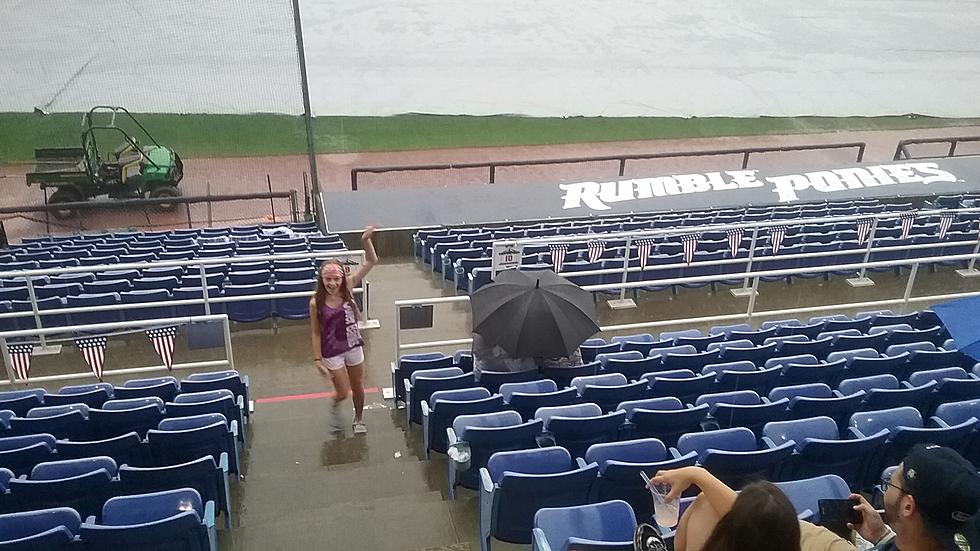![This New York Yankees’ Minor League Team’s Stadium is Underwater [WATCH]](http://townsquare.media/site/78/files/2021/09/attachment-Picture1.jpg?w=980&q=75)
This New York Yankees’ Minor League Team’s Stadium is Underwater [WATCH]
The remnants of Hurricane Ida struck the Northeast in a major way last night, and a minor league affiliate of the New York Yankees was one of the storm's biggest victims.
A chilling video surfaced from NJ.com earlier this morning, showing the extent of the damage. Here's the video:
This is TD Bank Ballpark, located in Bridgewater Township, New Jersey. I'm not sure where the bridge is, but I know EXACTLY where the water is. It's everywhere.

As the video shows, the water has gone above the fencing in foul territory, and has leeched into the first few rows of seats. It covers the entirety of the playing surface, and reaches part of the way up the outfield fence in most areas.
This is where the ballpark is located. It's right off of Highway 287, and conveniently located just a few miles away from a big river, called the Raritan River. It looks like biblical rains flooded the area around the river, and the run-off when to the lowest place to settle. With most ballparks being dug into the ground a bit to allow for the building of a grandstand, TD Bank Ballpark was that low area, and the water came in from everywhere.
Needless to say, this is going to cause some issues. The team is currently on the road, playing in Bowie, Maryland until Sunday. They have an off-day on Monday, and are scheduled to return home to play the Hartford Yard Goats on Tuesday, September 7th. I'm no landscaper, nor do I play one on radio, but given the breadth of the destruction that the flooding caused, I'm not certain that the ballpark will be completely ready for action by Tuesday.
Tune into 'The Drive' each weekday from 3-7PM for updates on the situation.
LOOK: The most expensive weather and climate disasters in recent decades
TIPS: Here's how you can prepare for power outages
More From Big Cat - WBKT-FM









